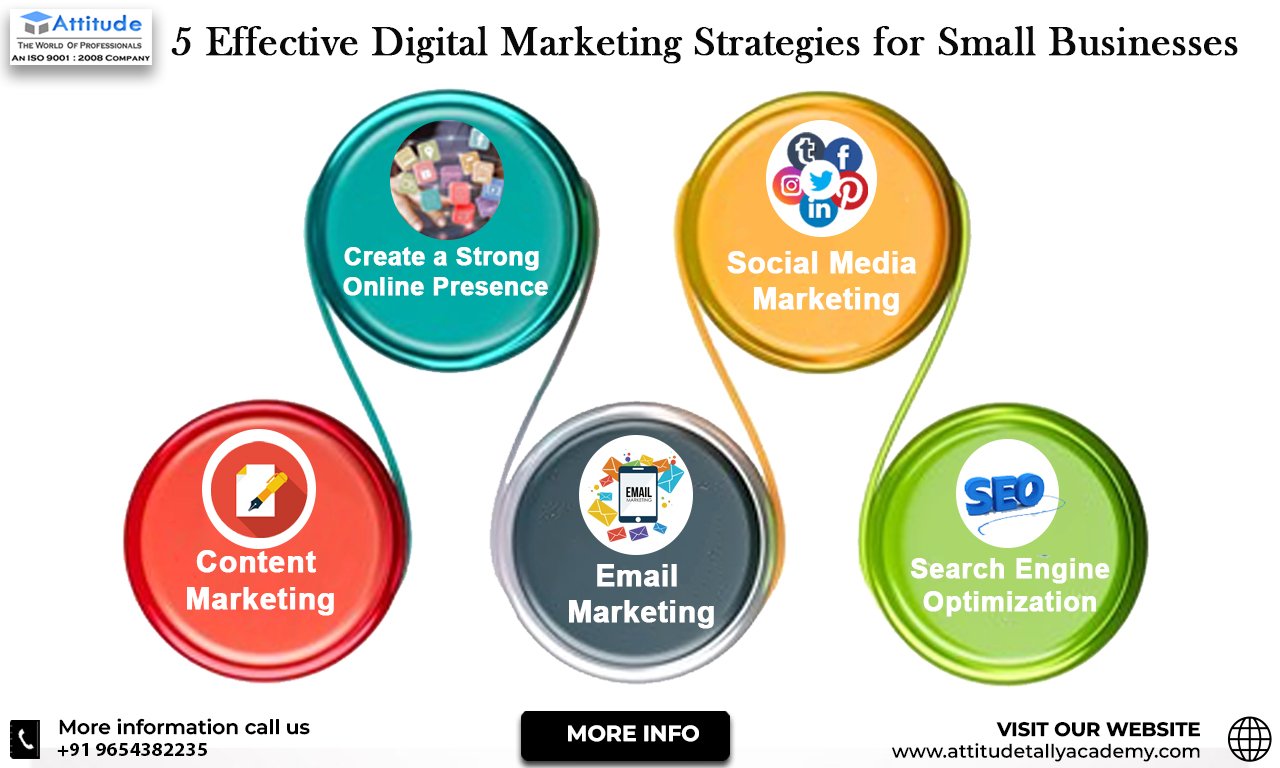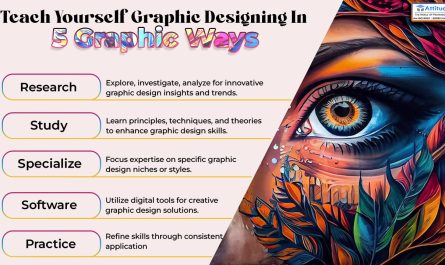Graphic design is an exciting and ever-evolving field that attracts creative minds from all walks of life. However, with its growing popularity, several myths have emerged that often confuse beginners and even seasoned professionals. These misconceptions can deter potential learners or lead to unnecessary challenges in a designer’s journey. Let’s take a closer look at some common graphic design myths and uncover the truth behind them.
Myth 1: Graphic Design Is All About Creativity
While creativity is undoubtedly an essential aspect of graphic design, it’s not the only skill that defines a great designer. Graphic design also requires technical skills, attention to detail, problem-solving abilities, and knowledge of tools like Adobe Photoshop, Illustrator, and InDesign. Creativity might spark an idea, but executing it effectively demands a balanced combination of artistry and technical expertise.
Moreover, formal training, such as a Graphic Designing Course in Uttam Nagar, often incorporates graphic design elements into broader skill sets, enhancing designers’ ability to create visually compelling campaigns.
Myth 2: You Need Expensive Tools to Succeed
Many aspiring designers believe they must invest in costly software and equipment to create quality work. However, this is far from the truth. While premium tools can enhance productivity, there are numerous free and affordable alternatives like Canva, GIMP, and Sketch that offer powerful design features. Many graphic designers also start their careers with these tools before transitioning to industry-standard software.
Myth 3: Graphic Designers Don’t Need to Understand Marketing
This myth couldn’t be further from the truth. Graphic design and marketing go hand in hand. Designers play a critical role in communicating a brand’s message visually, which requires a solid understanding of marketing principles. Knowing how design elements influence consumer behavior can significantly improve the effectiveness of campaigns.
Myth 4: Graphic Design Is Easy
From the outside, graphic design might appear simple and effortless, but professionals know the truth. Design is a complex process that involves brainstorming, research, revisions, and feedback. Each project comes with its unique challenges, and what looks like a straightforward design is often the result of hours or even days of hard work.
Myth 5: Templates Are Cheating
Some believe using templates undermines creativity, but this isn’t the case. Templates can serve as a foundation, saving time and providing a framework for customization. Designers can adapt templates to suit the specific needs of a project, infusing their creativity to make the final design unique.
In fact, templates are commonly utilized in various settings, including at a Digital Marketing Centre in Yamuna Vihar, where efficiency is key to managing campaigns and producing consistent results.
Myth 6: Graphic Design Is Only About Making Things Look Pretty
Design isn’t just about aesthetics—it’s about solving problems and communicating ideas effectively. A great design not only looks appealing but also serves a purpose, whether it’s guiding a user through a website or conveying a brand’s message. Understanding the functional aspect of design is what separates amateurs from professionals.
Courses like a digital marketing course in Delhi often highlight the importance of combining visual appeal with functionality to achieve marketing objectives.
Myth 7: You Need a Degree to Become a Graphic Designer
While formal education can provide a strong foundation, many successful graphic designers are self-taught or have learned through online courses, tutorials, and hands-on experience. What truly matters is your portfolio and ability to deliver high-quality work.
Programs such as digital marketing training in Yamuna Vihar can provide a comprehensive introduction to graphic design, allowing learners to build their skills and portfolio without the need for a traditional degree.
Conclusion
Graphic design is a dynamic field filled with opportunities for those willing to learn and grow. By debunking these myths, you can approach the industry with a clearer perspective and set realistic expectations for your journey. Whether you’re looking to pursue a career in design or incorporate it into your marketing skills, resources like Graphic Designing coaching in Yamuna Vihar can provide valuable knowledge and hands-on experience to help you succeed.
Remember, the key to excelling in graphic design lies in continuous learning, practice, and a willingness to think outside the box. Don’t let myths hold you back—embrace the challenges and unlock your creative potential!




